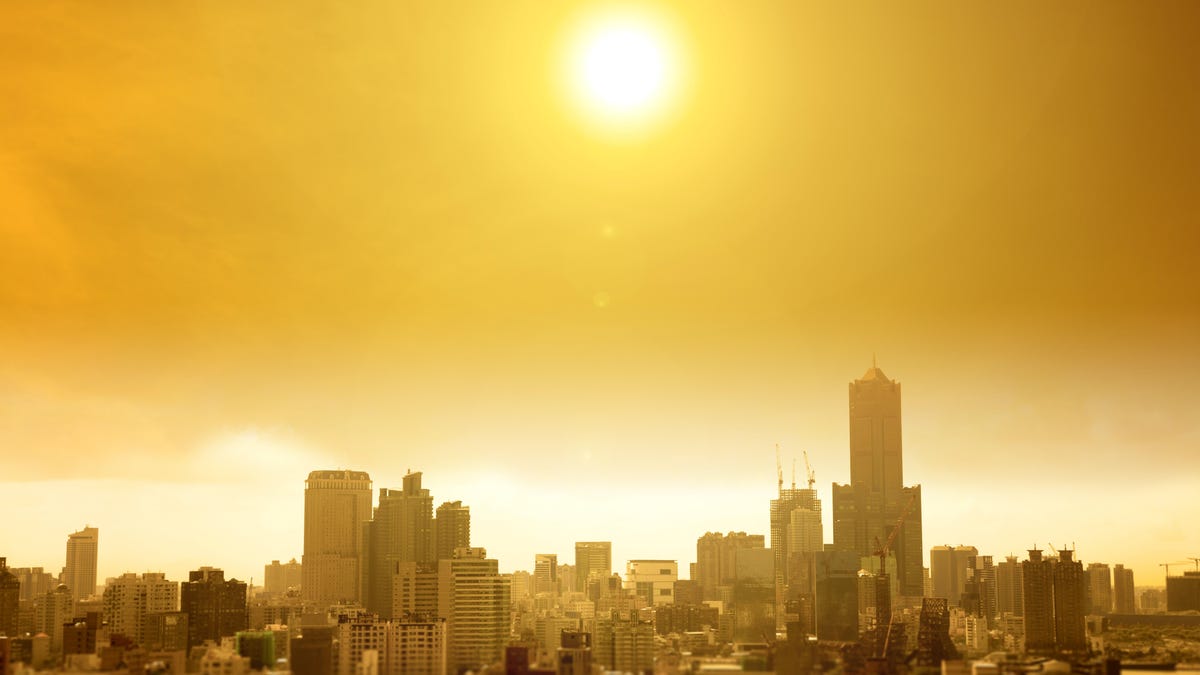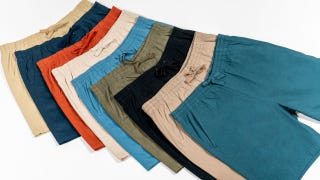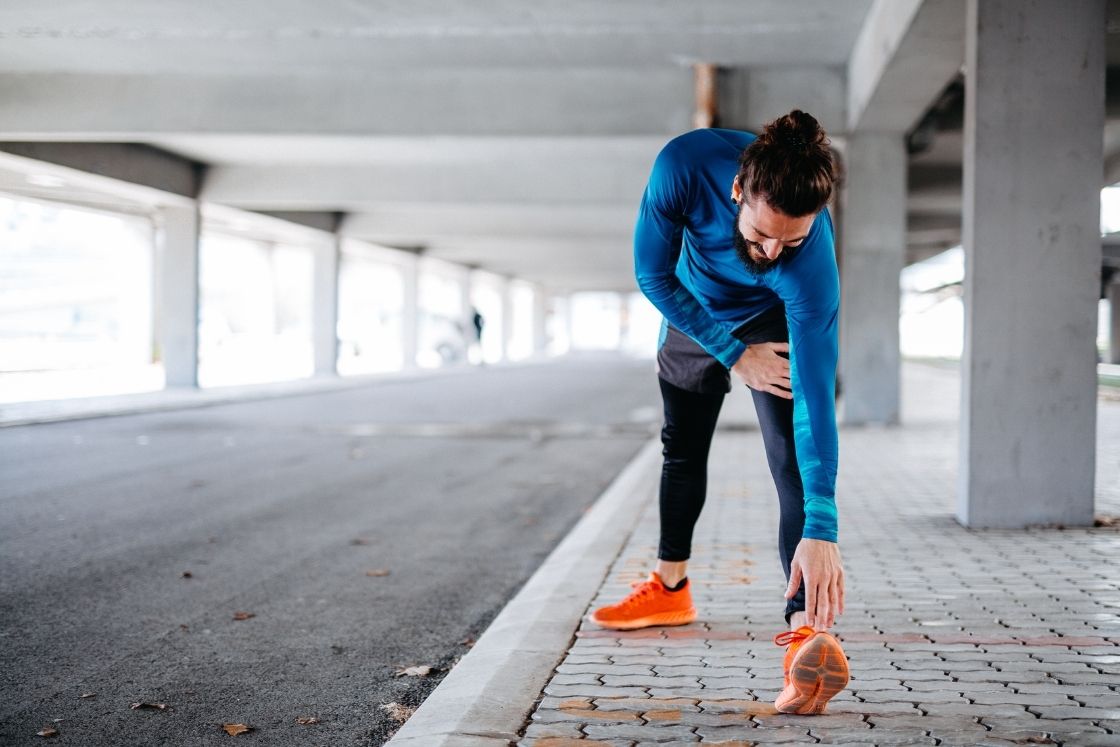What People in the World's Hottest Countries Do to Stay Cool
As global warming changes the climate, once temperate places are going to get hotter. Scientists project that the temperature in the average U.S. city will be about 3°F higher in 2050 than it is today, and it will be...


Photo: Tom Wang (Shutterstock)
As global warming changes the climate, once temperate places are going to get hotter. Scientists project that the temperature in the average U.S. city will be about 3°F higher in 2050 than it is today, and it will be twice as bad in some places—Bozeman, Mont.; St. Paul, Minn.; and Chicago’s average temperatures will be nearly 6°F hotter. So we’ll all be dealing with a hotter-than-before world.
“Turn up the air conditioner,” is probably the solution many people would suggest, but it’s that kind of thinking that got us here in the first place. Instead, let’s consider the lessons learned by people in other places who have been dealing with excessive heat for thousands of years without air conditioning.
White roofs (Indonesia): The color of the roof can make a huge difference to the temperature inside a building. In tropical Indonesia, researchers found that painting roofs with a special white paint called MS-Thermashield cooled buildings by as much as 10°C—that’s 50° Fahrenheit!—during the hottest part of the day. You might not get results that dramatic, but painting your roof with a thermal-reflective paint is a very good idea if you want to keep cool.
Shade-providing solar panels (Israel): In Tel Aviv, the first test of an environmentally friendly shade system is being conducted. Lumiweave is designed to help people keep cool during the day and to light the city at night—the public shade-structures are covered in solar panels and act as streetlights when it gets dark. The lesson you can learn from this: Even if you don’t have natural shady spots, you can create cooler areas with awnings, umbrellas, pergolas, and anything else that blocks the sun.
White, loose clothing (Saudi Arabia, and most everywhere else where it’s hot): Wearing light-colored, natural-fiber, loose clothing is the move in the Middle East, India, and most other places where it’s hot. Like the white roof, the idea is to reflect the sunlight away from yourself.
G/O Media may get a commission

70% off
Jachs NY Summer Shorts Sale
Exclusive sale on summer styles
Patterned, plain, twill, and chino, these classic shorts with 7-9" inseams tell a story—you’re a guy who vacations, maybe on a boat.
Conical hats (Asia): The traditional sedge hat, or conical hat, is worn throughout Asian, and it’s perfectly designed for beating the heat. They’re usually made of bamboo, so they’re lightweight, and they’re large enough to protect the wearer from both sun and rain. You can even soak them in water for a personal evaporation cooler. Walking around in a conical hat might not be culturally sensitive for you, but the same principles apply to the big, straw hats Southern California surfers wear, and that floppy gardening hat your aunt rocks, too.
Cool your neck (India): In India, Pakistan, Bangladesh, and parts of South and Southeast Asia, many people wear a versatile cotton towel that that can be be used as a scarf, a head-covering, or a face-mask, and can even be used as a weapon in a pinch. In the heat, it’s often soaked it in water and draped it over the neck and shoulders for personal cooling. Check out these cooling towels for a higher-tech application of the same principle.
Traditional sunscreen (Myanmar): People in Myanmar have been slathering themselves in thanaka, a yellowish paste or cream made from the ground bark of local trees, for more than 2,000 years. It looks awesome, smells of sandalwood, provides a cooling sensation, and protects skin from the sun. Thanaka is often applied heavily to the cheeks and nose, exactly where you’d put sunscreen. The lesson: Use a lot of sunscreen.
Take a siesta (Spain): Although it’s often associated with Spain because of the name, taking a nap or a break during the hottest part of the day is traditional all over the place, from China to Italy to the Middle East. It just makes sense to not exert yourself when it’s boiling hot, and the sooner we normalize the siesta in the U.S., the sooner we can all take a nap after lunch.
The fan (Egypt): The oldest evidence we have of hand fans dates back to Egypt, circa 2000 BCE, but they’ve likely been around as long as hot weather itself. The mechanical fan comes from China. In 180 AD, Han dynasty inventor Ting Huan created a rotary fan system that let one person cool an entire building. How to best cool a house with fans is a hotly debated topic, but in general, it’s best to use them to draw cool air in at night, and pump warmer air out during the day.
Cooling curtains (India): In India, it was once common to hang curtains woven from khus or vetiver, a local grass, outside doors and windows. During the hot part of the day, the curtains were sprayed with water so the dry air outside would be cooler and damper when it blew through the home. The practice became less common with the rise of air conditioning, but it’s making a comeback as people look for more eco-friendly cooling methods. You can find similar curtains at home goods stores, or go for another approach, and hang heavier curtains designed to keep your room darker and thus cooler.
“Passive” buildings (Germany): Traditional architectural styles from tropical regions feature many methods of keeping buildings cool, and “passive house” designs from Germany take lessons from many of them, and add modern materials and know-how. Passive buildings are designed to be energy-efficient and maintain steady temperature through insulation, building materials, and other passive cooling and heating techniques, not air conditioning.
Check-in programs (Brazil and Australia): Both Brazil and Australia have recently instituted public programs where officials call or text vulnerable members of the society during heat emergencies to make sure they’re alright. I wouldn’t hold my breath waiting for the United States to institute a program like this, so take it upon yourself to check up on anyone vulnerable during a heat wave.
Get used to it (universal): If you take advantage of every method of beating the heat available, it’s still going to be hot during a heatwave. But you’ll get used to it. People are adaptable to extreme conditions; besides, it’s not like you’ll have a choice.

 Fransebas
Fransebas 






























